-
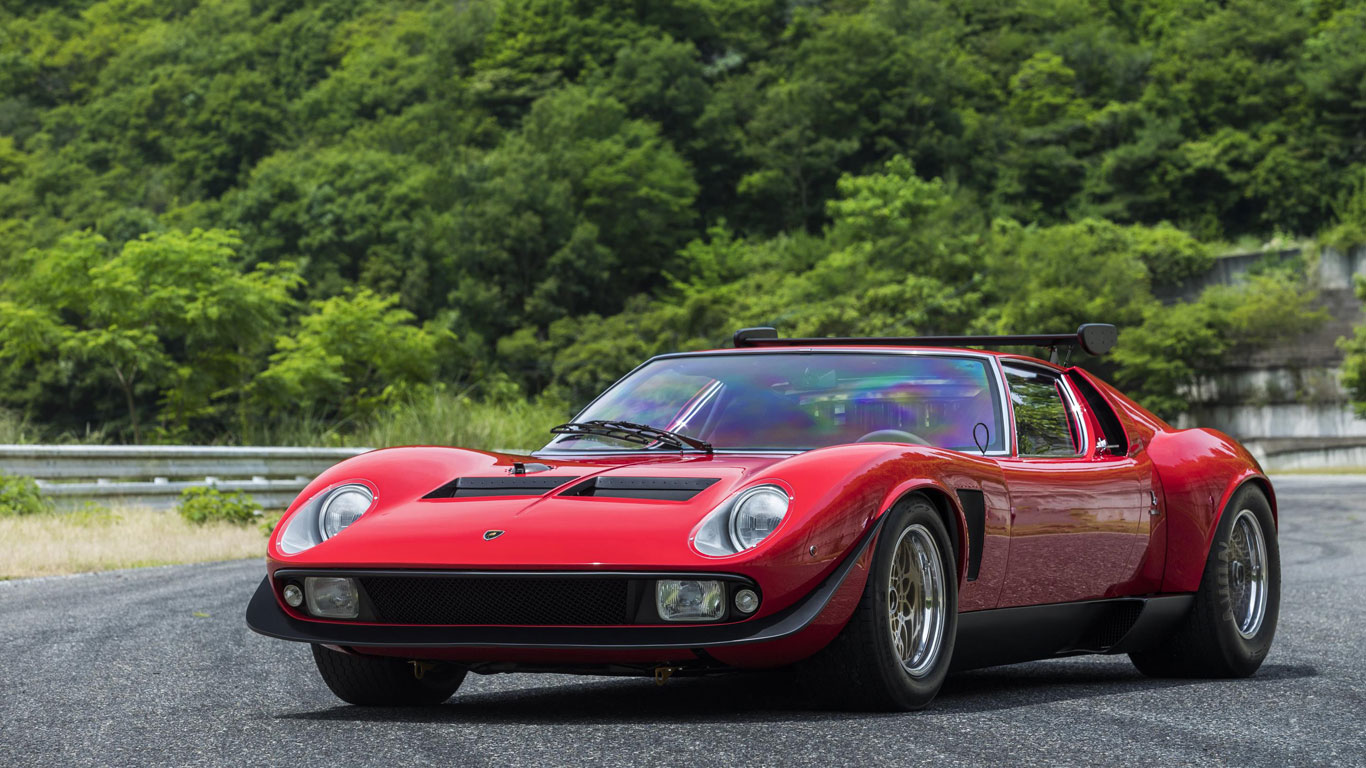
For those about to rock
© LamborghiniWhen the good people of Sant’Agata Bolognese describe a car as ‘one of the most astonishing Lamborghinis ever built’, you’d be forgiven for dismissing it as PR-speak. In the case of the Miura SVR, however, that claim is entirely justified.
Even if you think a modified version of the world’s most beautiful car (no, don’t argue) is the automotive equivalent of repainting the Sistine Chapel with a rattle can, you can’t deny this thing has real presence. Forget Matt Monro, the Miura SVR would take a tour of the Alps to the sounds of AC DC and Led Zeppelin.
-
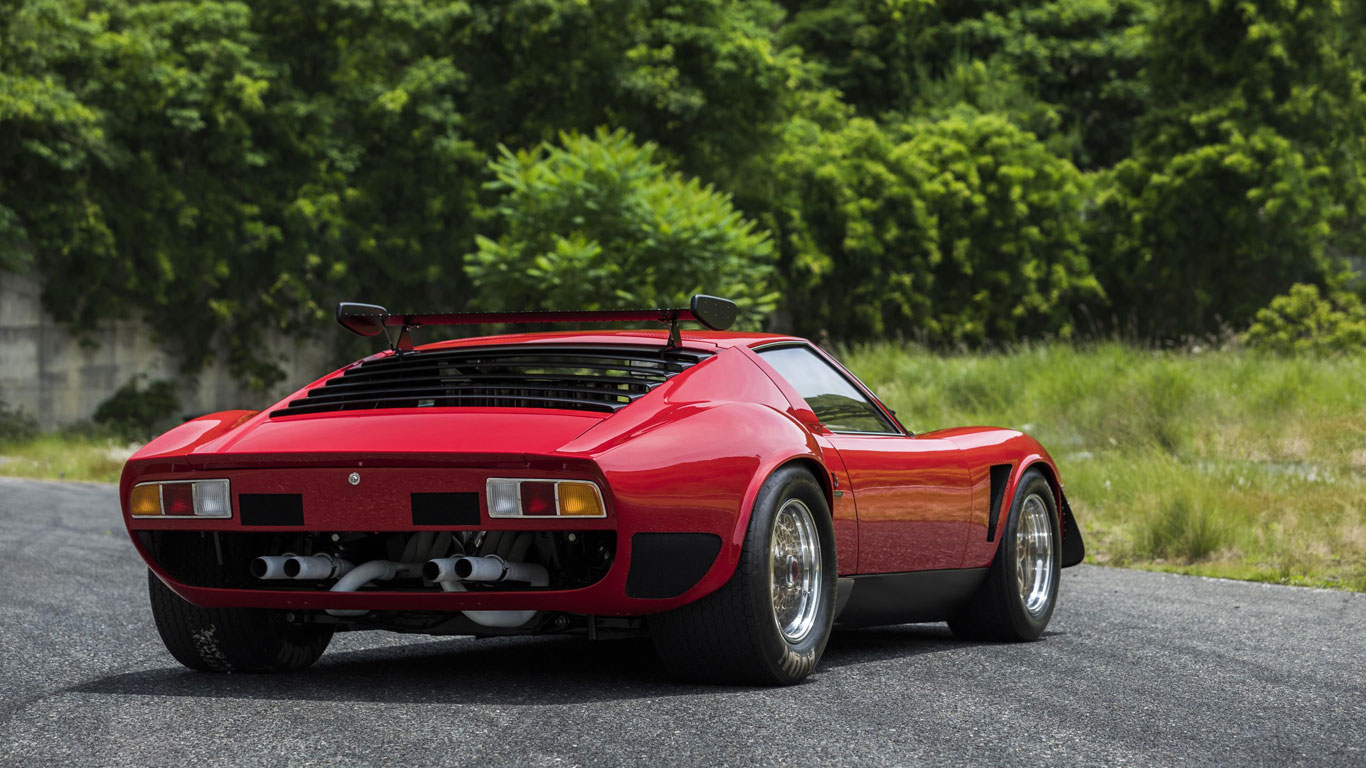
Hotter than a Jota
© LamborghiniThe SVR is a genuine one-off: a bespoke build inspired by the Miura Jota and created by the factory at the behest of German Lamborghini importer, Herbert Hahne. For 40 years, the SVR lived in Japan, but more on that in a moment.
The Miura Jota (chassis no. 5084) was the work of legendary Lamborghini test driver, Bob Wallace. As company founder Ferruccio Lamborghini had no interest in taking the Miura racing, it was left to Wallace to build the Jota during his evenings and weekends, A skunkworks Miura, if you like.
-
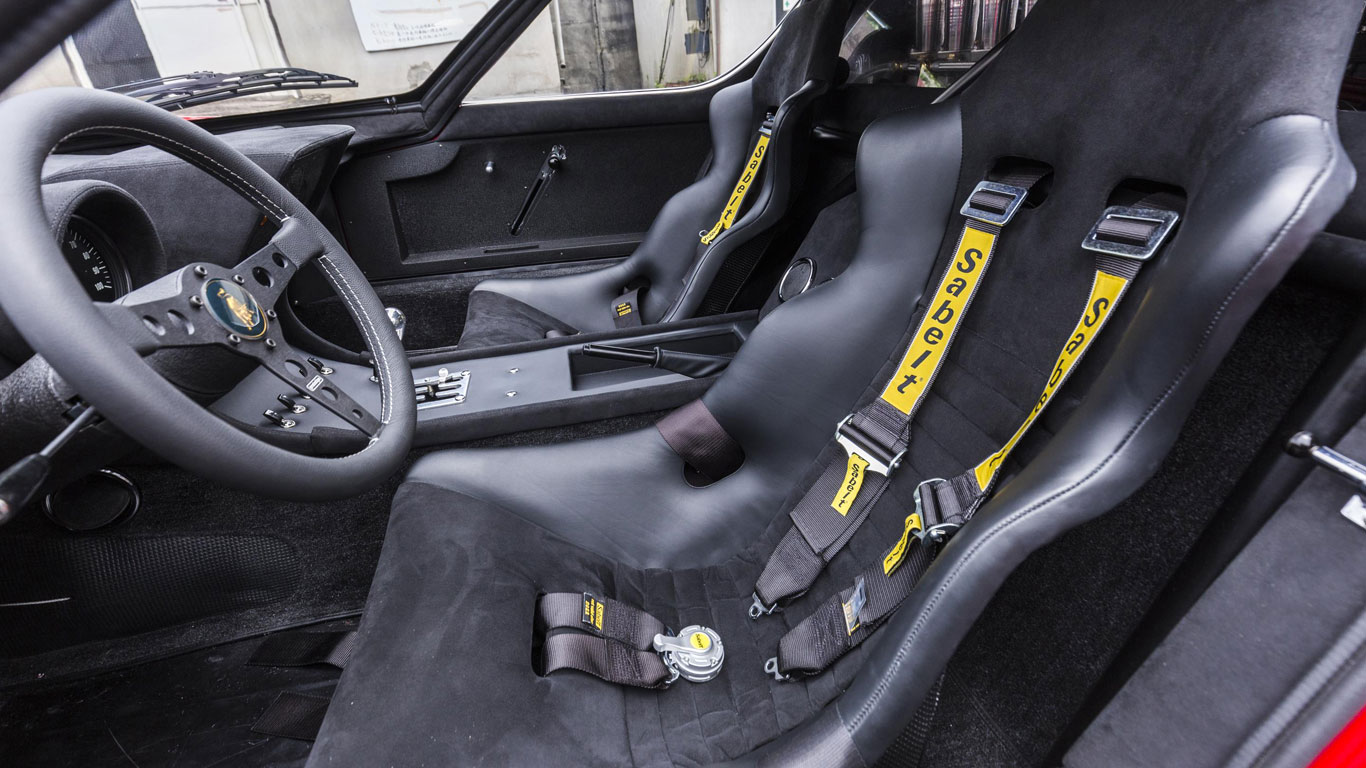
Ready to race
© LamborghiniDeveloped from the ground up, Wallace left no stone unturned in his pursuit of racing perfection. Much of the Jota’s bodywork was made from super-lightweight Avional, the Miura’s iconic headlights were replaced by fixed units with plastic covers, while the body was cut and sliced to improve cooling.
The list goes on: the Jota sat on huge Campagnolo wheels, its interior was stripped out to the bare necessities, and its engine was modified to develop a roaring 440hp. This is very much a nutshell guide to the Jota, but it’s fair to say it had the potential to become one of the world’s most revered supercars.
-
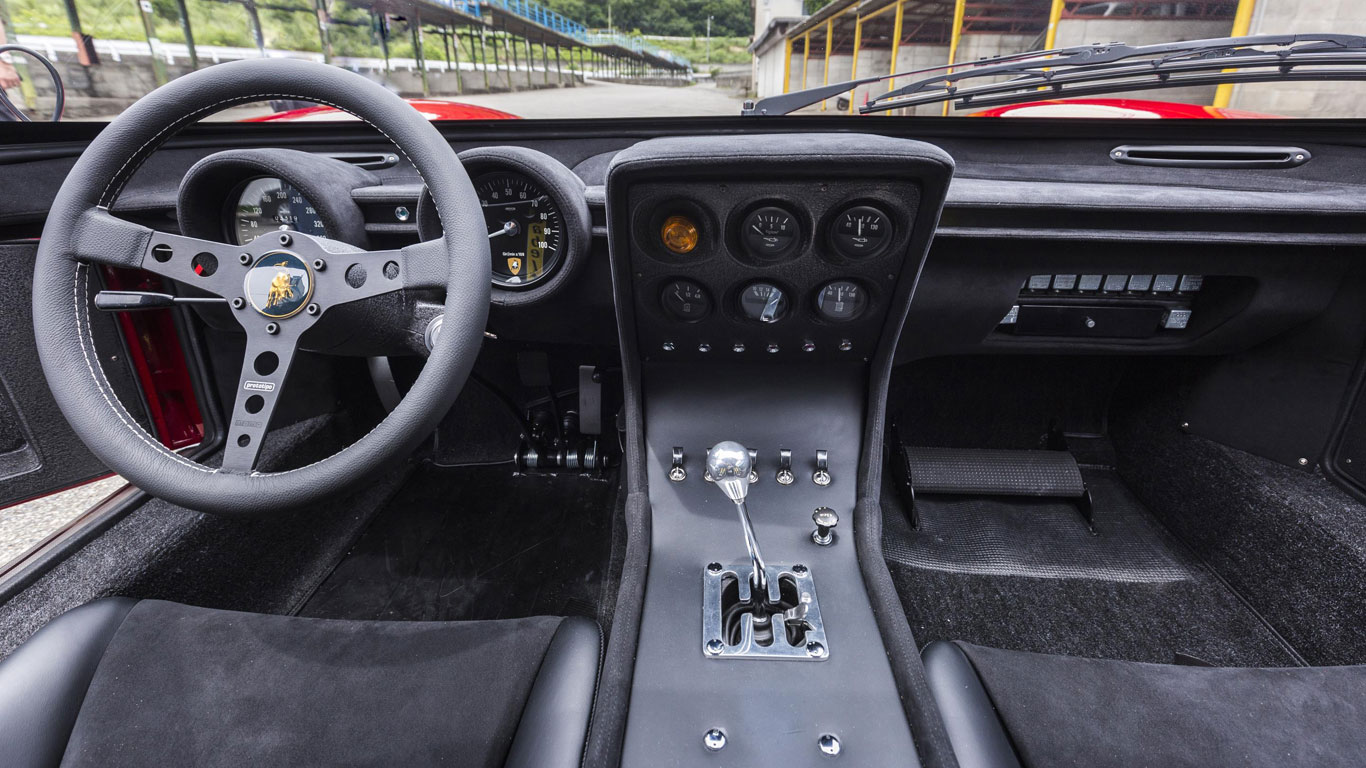
Crashed and burned
© LamborghiniNote the emphasis on the word ‘had’. Although Ferruccio allowed Wallace to complete over 12,000 miles of testing, the Jota was sold to InterAuto of Brescia where, in the hands of a mechanic on a mission to impress his girlfriend, the car was involved in a catastrophic accident. This resulted in a fire that warped the chassis beyond repair.
The Jota was dead, but the accident led to a fair amount of press coverage, followed by requests from owners eager for Lamborghini to build a road-going version. It never came to fruition, sadly, although four or five so-called Miura SVJ models were made, while a close replica of the Jota was built by British Miura owner Piet Pulford.
-
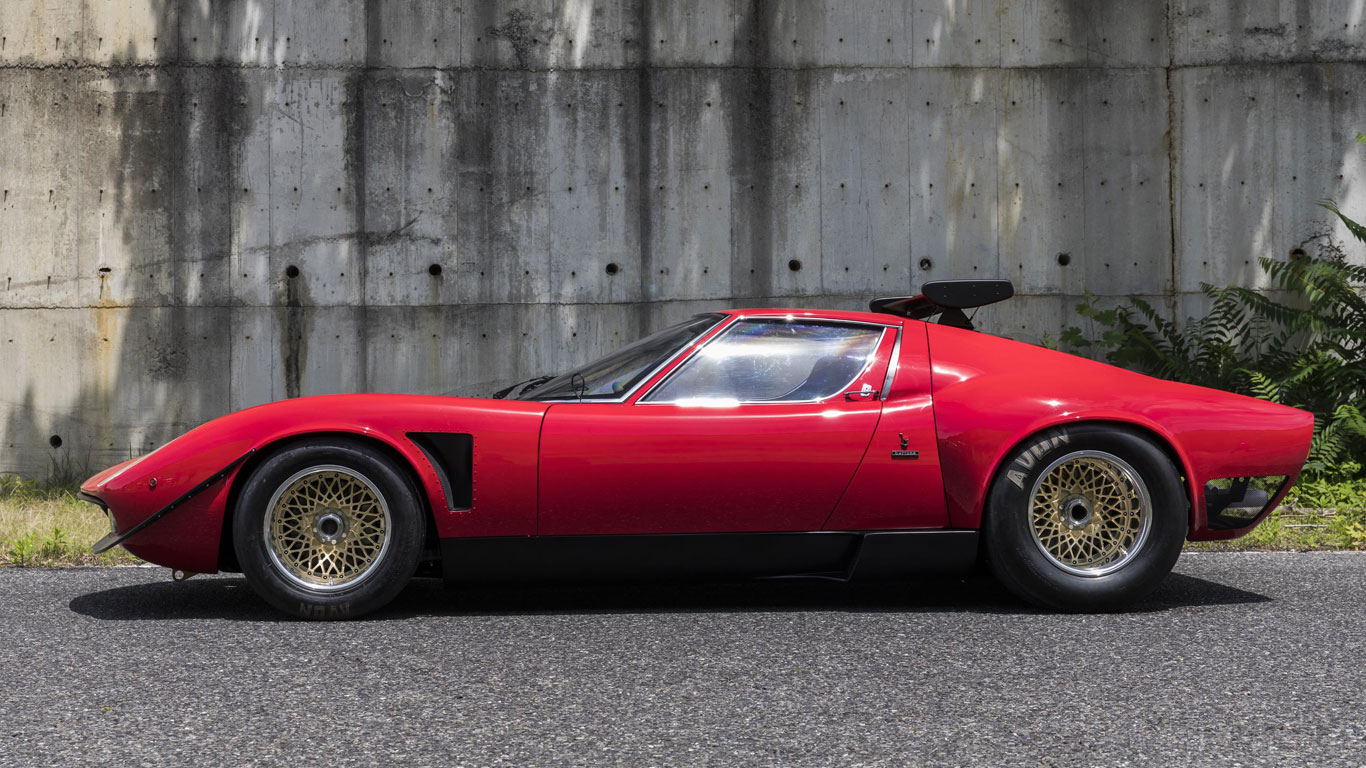
It has to be Heinz
© LamborghiniThat brings us back to the Miura SVR. Chassis number 3781 left the factory in 1968 as a green Miura P400 S and changed hands several times in Italy before being sold to the German Heinz E. Steber. He enjoyed the car for several years before his thoughts turned to the flame-grilled Jota.
Steber approached Herbert Hahne with this phoenix-like plans for a Jota conversion, who in turn worked with the factory to create the SVR. This was in 1975, and the car was completed in April 1976.
-
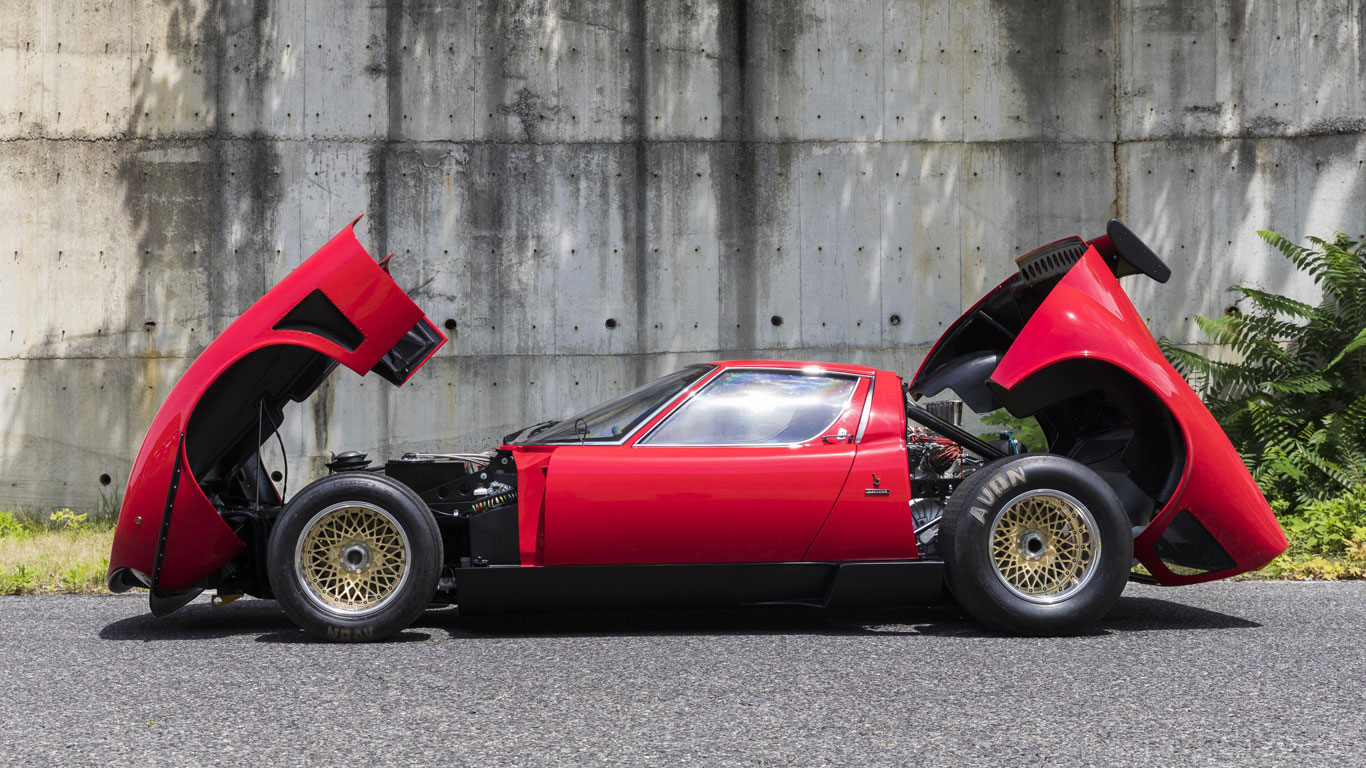
Loud and proud
© LamborghiniModifications for the Miura SVR included a widened body, Jota-style nose, Pirelli P7R tyres, BBS alloys with knock-off centres, a chin spoiler, a rear wing inspired by the Countach S and extra cooling ducts and vents.
Engine output was increased to around 400hp, while mechanical changes extended to Koni dampers, Girling disc brakes from the Porsche 917, a dry sump, Weber carburettors with open funnels, and a straight-through exhaust system.
-
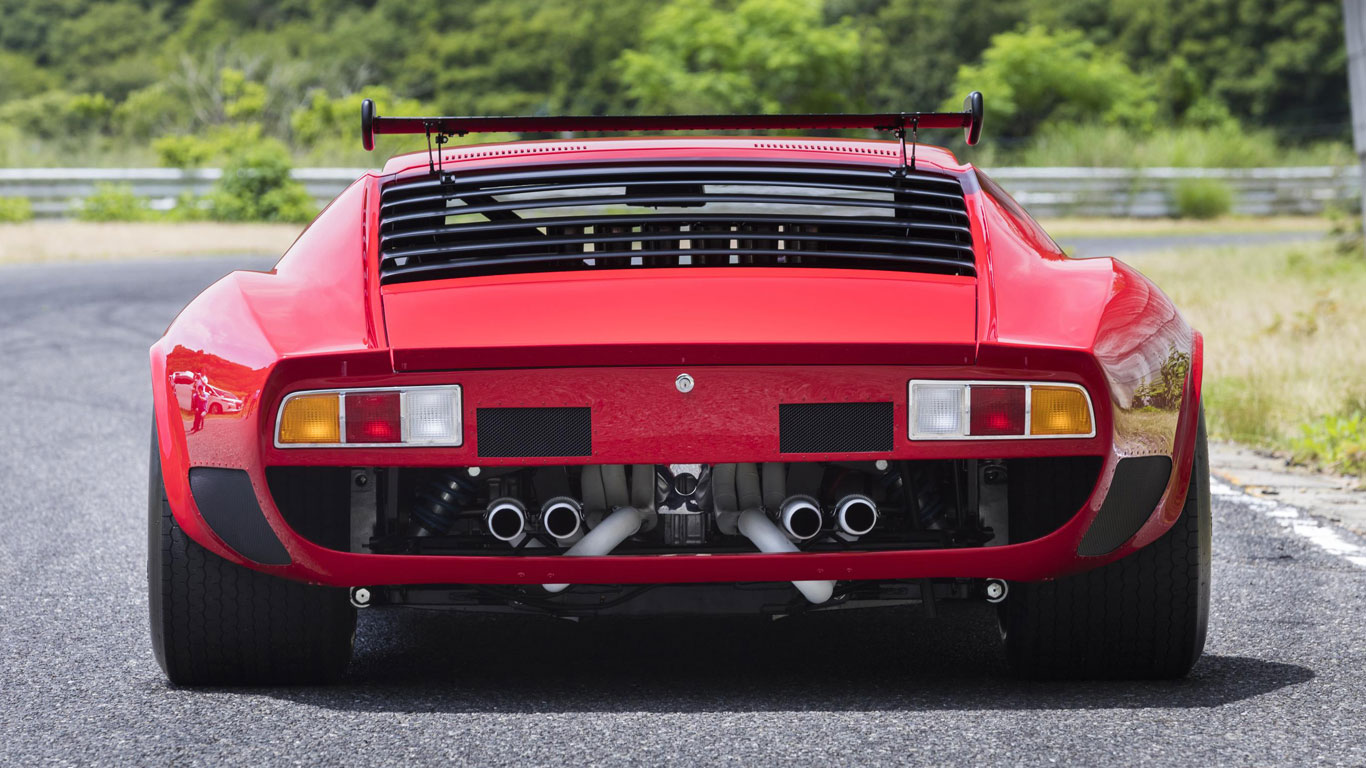
Big in Japan
© LamborghiniOn completion, the Miura SVR remained in Germany for less than a year before being shipped to Hiromitsu Ito in Japan for a price rumoured to be around $550,000 (£460,000) There it stayed for 40 years, before turning up for sale at high-end Japanese car dealer Bingo Sports.
During its time in Japan, the Miura SVR developed near-mythical status, inspiring the Circuit Wolf comic book series and a 1:18 Kyosho diecast model. Several years ago, the SVR was the subject of a restoration job, at which point the interior was swathed in gold imitation leather. There’s no accounting for taste.
-
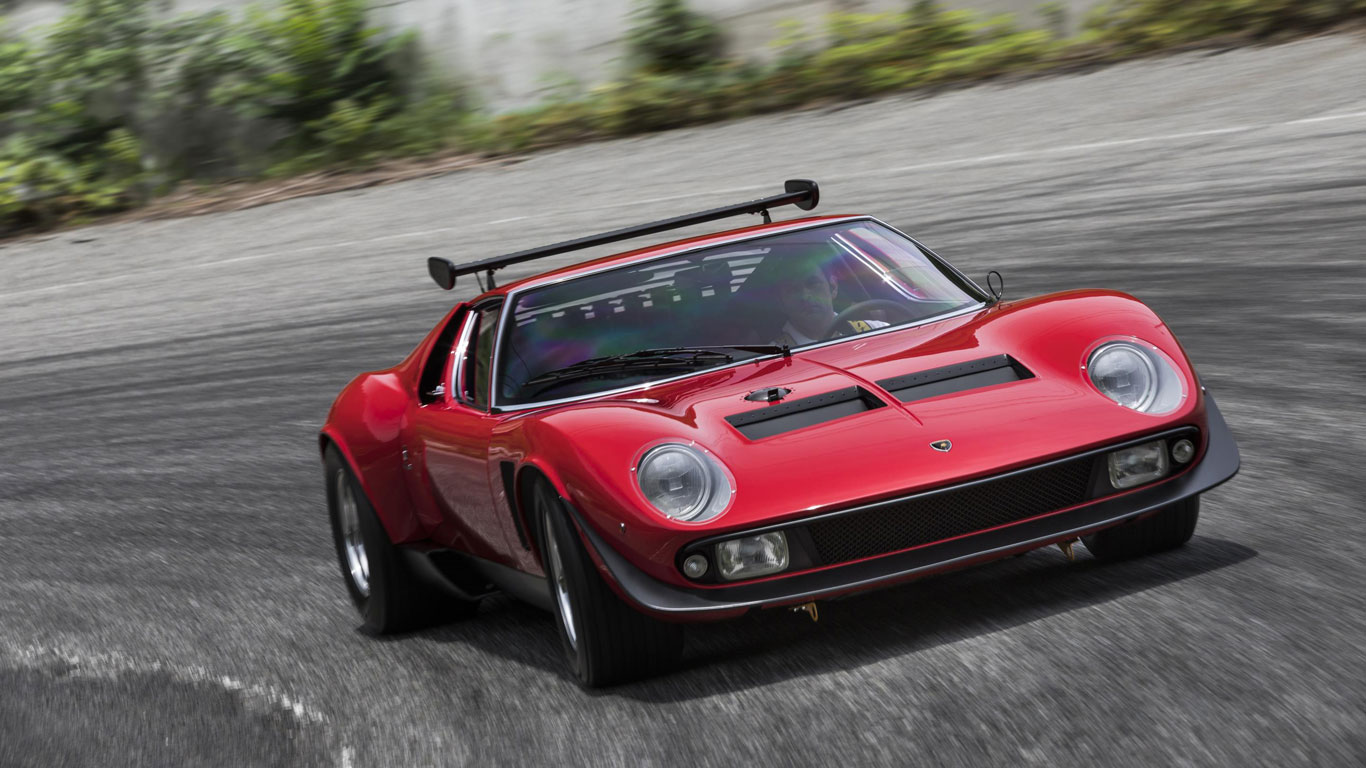
Making its debut
© LamborghiniFortunately, the talented folk at Polo Storico, Lamborghini’s classic division, had the sense to restore the Miura SVR to its original specification, including the removal of the gold trim, before unveiling the finished item at Japan’s Nakayama Circuit. It looks sensational.
Paolo Gabrielli, the former director of the Polo Storico, said: “The full restoration took 19 months and required a different approach to the way we normally work. The original production sheet wasn’t of much help, as we relied mostly on the specifications from the 1974 modifications.”
-
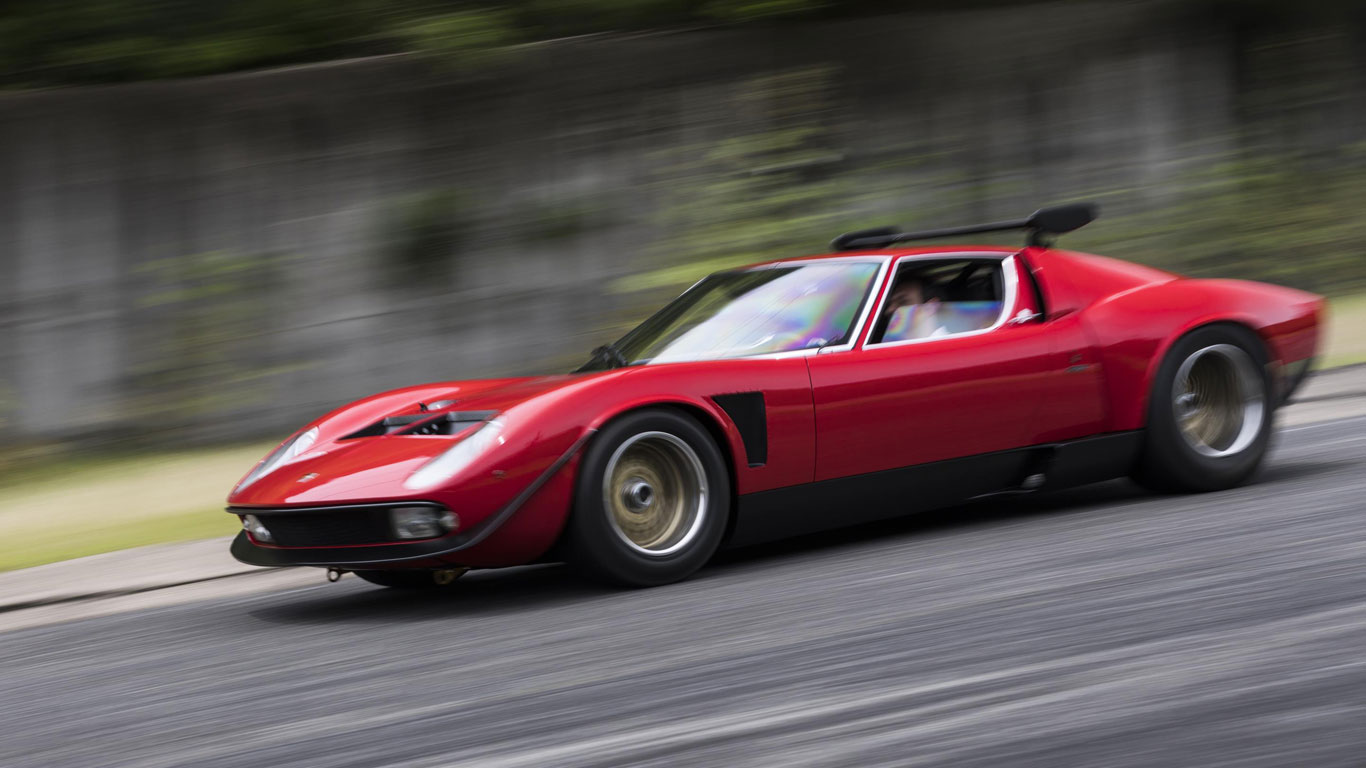
Rest in pieces
© Lamborghini“The challenge for the Polo Storico team was even more daunting as the car arrived in Sant’Agata in pieces, although the parts were all there, and with considerable modifications,” continued Gabrielli.
“The only variations on the original specifications were the addition of four-point safety belts, more supportive seats and a removable roll bar. These were expressly requested by the customer and are intended to improve safety during the car’s racetrack exhibitions.”
-
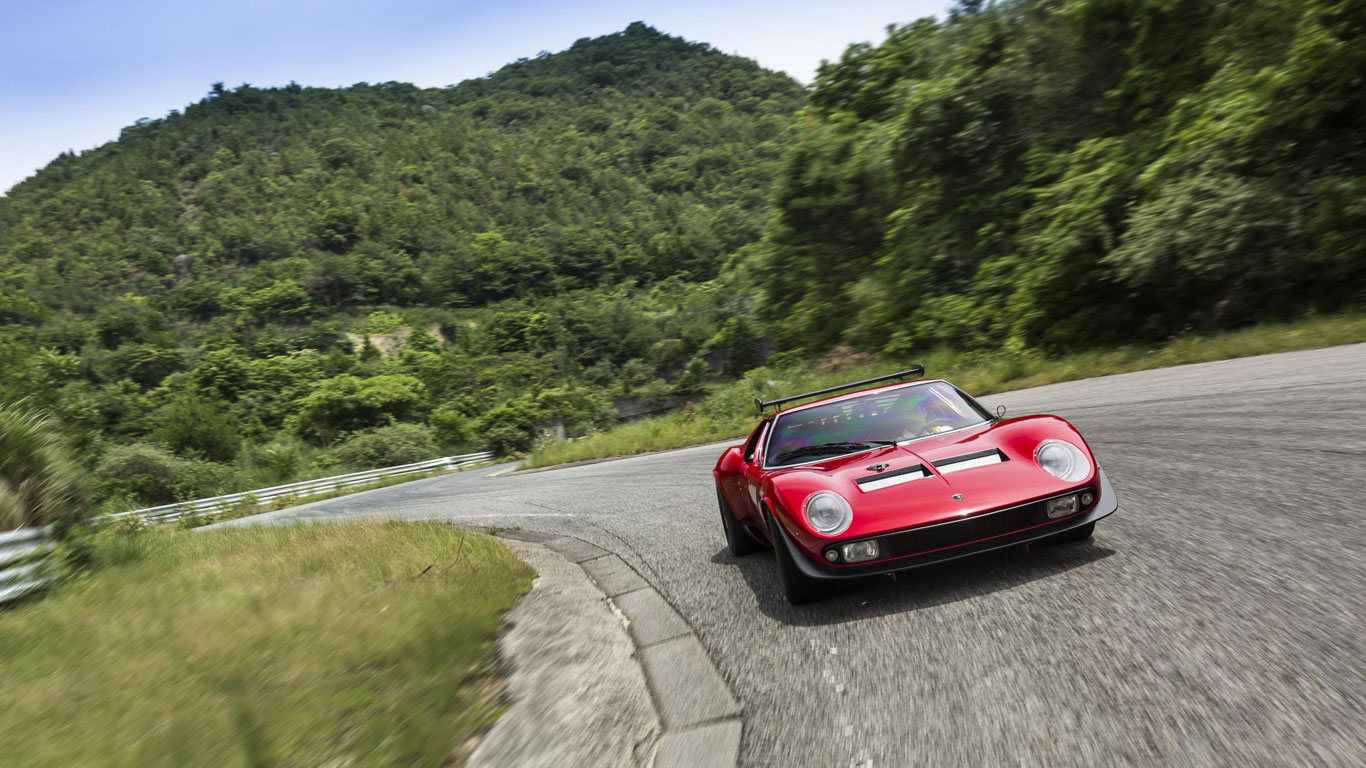
Fuji on film
© LamborghiniBefore you go, may we suggest you search ‘1968 Lamborghini Miura Jota SVR promotion shoot’ on YouTube to see footage of the SVR (pre-restoration and still with its gold interior) leading a couple of Countachs around the Fuji International Speedway. Enjoy!
‘Astonishing’ one-off Miura SVR restored by Lamborghini
Lamborghini’s Polo Storico division was tasked with restoring one of the most famous Miuras ever built: the one-off SVR.
Home ‘Astonishing’ one-off Miura SVR restored by Lamborghini
News
The government wants YOUR advice on preserving classic cars
A new government initiative aims to make registering modified classic vehicles easier, including those converted to electric power.
Up for auction: The Austin Rover company name could be yours
The Iconic Auctioneers Supercar Fest sale includes your chance to own the rights to the Austin Rover company name and registration number.
Porsche 911 Turbo prototype to star at Hampton Court this summer
The very first Porsche 911 Turbo prototype will be displayed at Hampton Court Palace for this year’s Concours of Elegance.
Features
BMW Garmisch: the reborn Gandini concept that predicted the future
Marcello Gandini's 1970 Garmisch concept seemed to be lost forever. Until BMW decided to recreate it in 2019...
Fast Fords that could break auction records
A feast of fast Fords at the Practical Classics Classic Car & Restoration Show including a £50k Sierra RS Cosworth
Santa would drive a Subaru BRAT
The Subaru BRAT is good enough for the President of the United States of America AND Father Christmas
Reviews
2001 Smart City Coupe review: Retro Road Test
Tim Pitt travels back to the future with the original Smart City Coupe, an innovative small car that gave birth to a new brand.
MR archive: Jaguar XJ6 X350 review
The year is 2003 and Jaguar has just launched a groundbreaking aluminium XJ...
1983 Audi Quattro review: Retro Road Test
Fire up the Quattro! We drive the car that transformed Audi's image – and dominated world rallying thanks to four-wheel drive.
